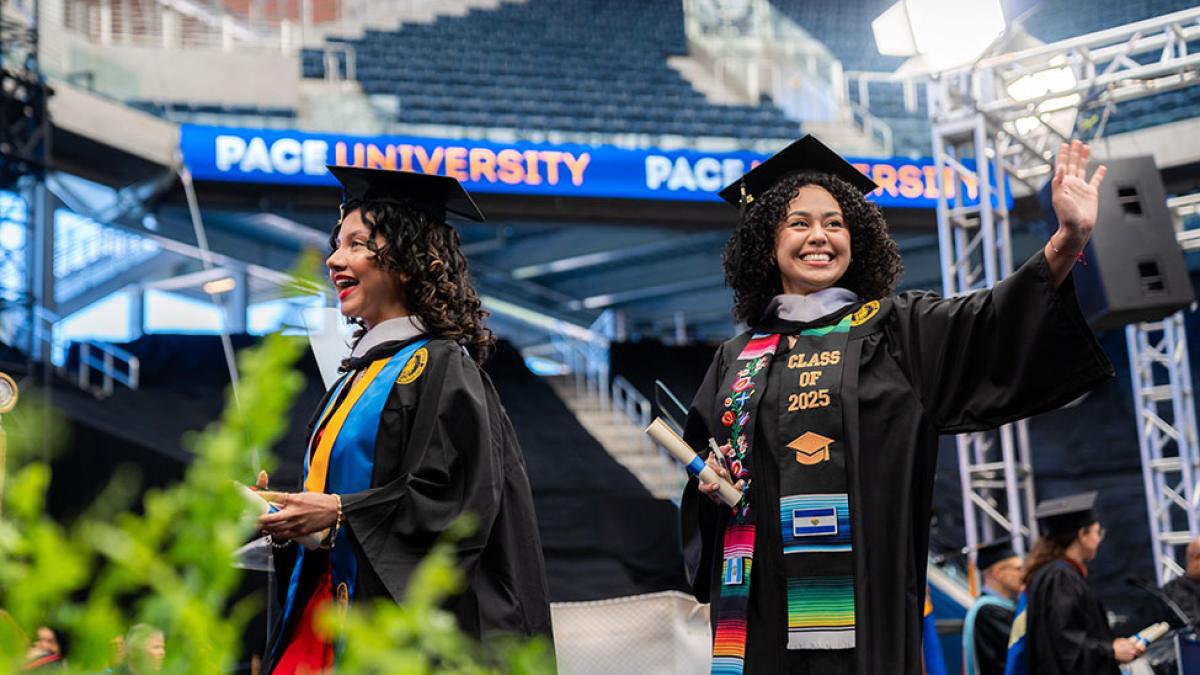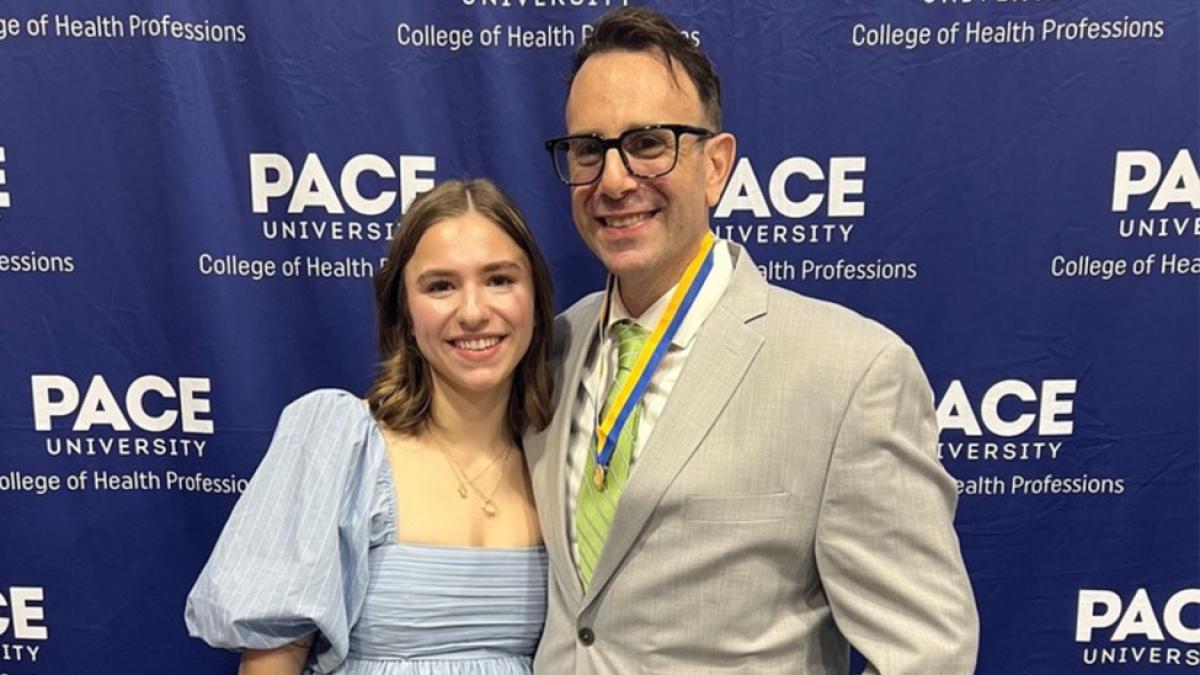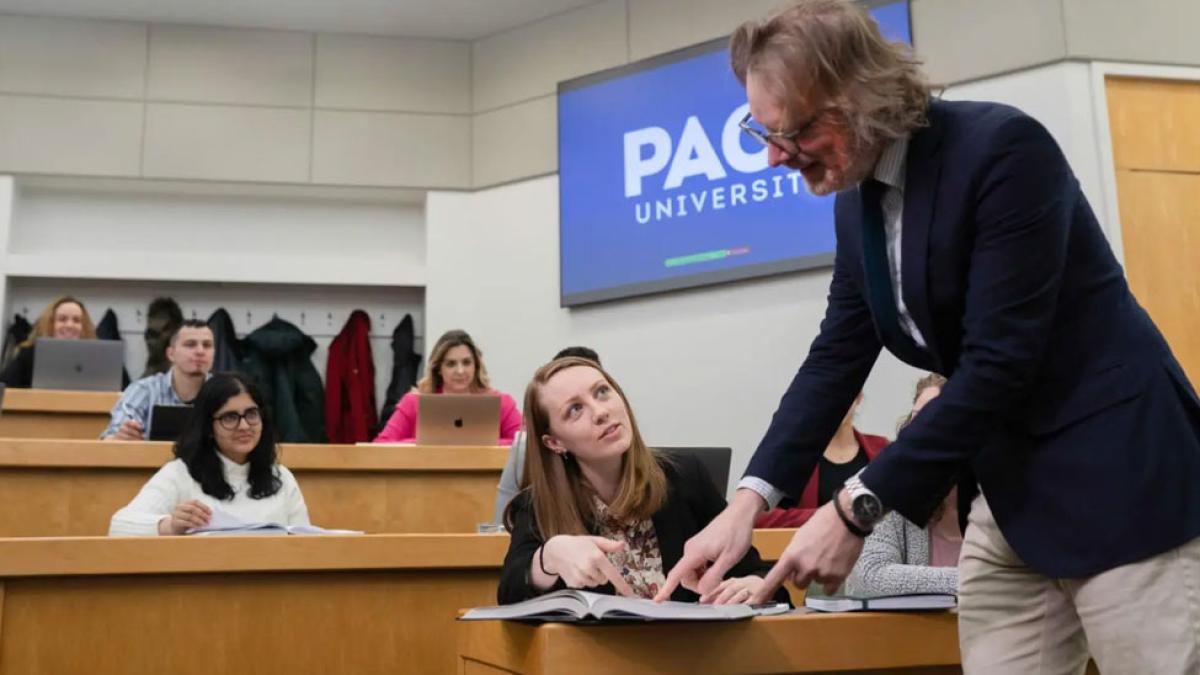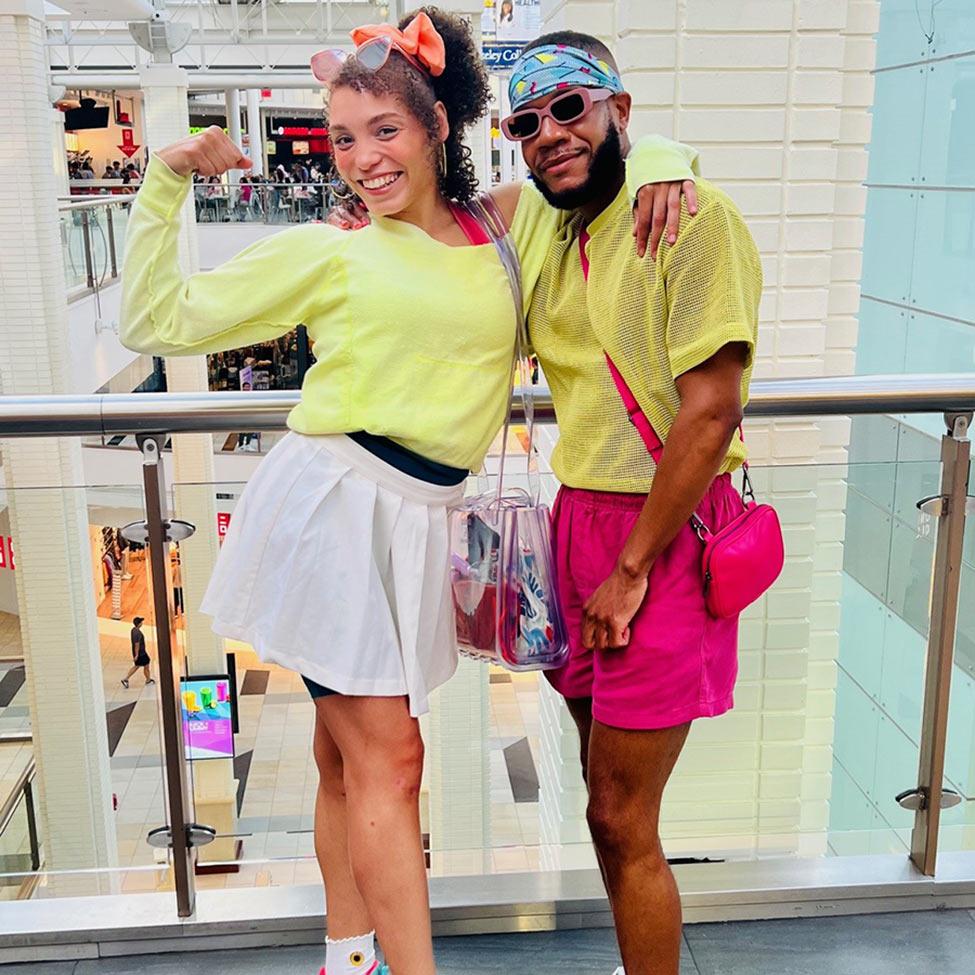
Back to the Big Screen
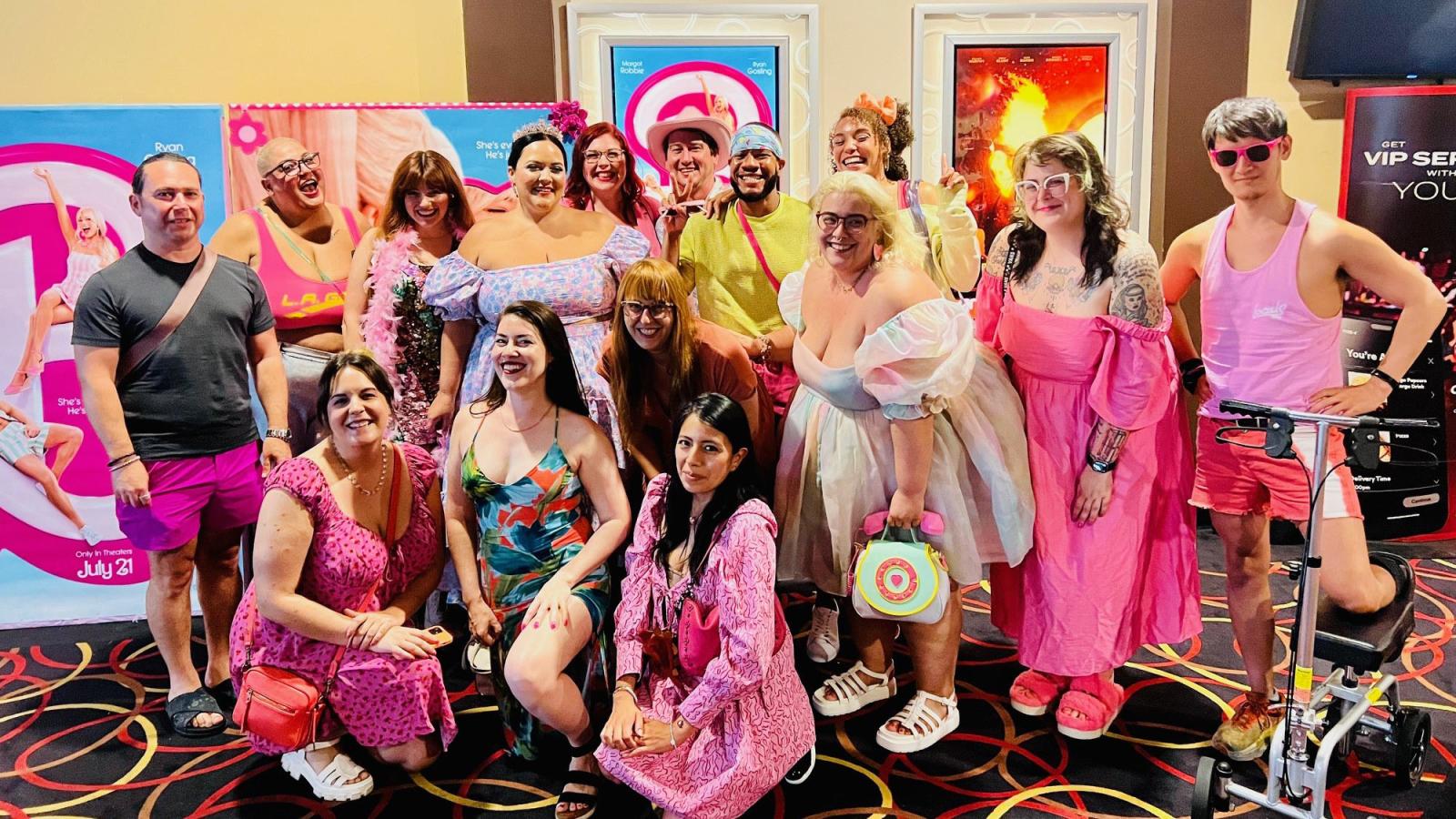
In an age of instant access and solo scrolling, why are people racing back to the movie theater? According to Communications and Media Studies professor Melvin Williams, PhD, it’s about more than just the film. It’s about reclaiming shared stories and experiences. “The broader state of culture is, for many, still a reclamation pursuit,” Williams says. That pursuit of joy, connection, and nostalgia was accelerated by the isolation and disruption of the pandemic.
The COVID-19 shutdown didn’t just pause everyday routines—it fundamentally reshaped how we engage with entertainment and with each other. Movie theaters closed their doors. Broadway went dark. Concerts were canceled. “The pandemic shutdown forced human confinement and a heavy reliance on digital-media-driven entertainment forms and streaming platforms as the entertainment industry experienced a global shutdown,” Williams explains.
The broader state of culture is, for many, still a reclamation pursuit.
For many, screens became the only portal to culture and community. But something was missing. “People desperately craved new entertainment stimuli and avenues for community formation around fan engagement and viewing experiences that mirrored social experiences pre-COVID-19,” he says.
That craving didn’t fade as restrictions lifted—it deepened. Long before lockdowns, viewers were trading the theater for their couches, turned off by ticket prices and overpriced popcorn. But in the aftermath of collective isolation, audiences began to realize that the cost of admission didn’t just buy media access, it bought an experience. According to Williams, “It should come as no surprise that Broadway is experiencing record-breaking attendance numbers for astute plays, movie theater attendance has risen substantially since 2020, and audiences are gathering in large numbers to reclaim previously beloved entertainment consumption habits.”
And then came the blockbusters that did more than bring people back—they made moviegoing an event. Suddenly, seeing a film meant dressing up, posting on social, and making a night of it. “Barbenheimer,” the viral mashup of Barbie and Oppenheimer, transformed from meme to movement, as fans turned out for a back-to-back spectacle.
In the case of Barbie, we witnessed film’s pop culture engagement at its finest.

Barbenheimer Weekend and later, the premiere of Wicked: Part One, marked a cultural return to theaters and demonstrated the public’s desire for culture and community. “In the case of Barbie, we witnessed film’s pop culture engagement at its finest,” Williams says. “Besties and friend groups marched to the theaters in Barbie-themed costumes, purchasing Barbie AMC merchandise exclusives, and embracing pop culture’s enduring legacy of eccentricity, expression, and nostalgia.” The movie was only part of the appeal. Dressing up, going with friends, and being part of the moment became the real draw.
Wicked brought a different energy—one rooted in nostalgia. “Wicked showcased pop culture nostalgia’s power as a media product,” says Williams. “The film simultaneously resurrected audience interests in Gregory Maguire’s 1995 novel Wicked: The Life and Times of the Wicked Witch of the West and the iconic Tony Award-winning musical Wicked.”
Watching a film in theaters inherently creates a different experience than video on demand. “Audiences are seated theater-style, positioned with clear foci on the big screen, and the lights are dimmed.” Williams breaks down this experience, saying, “These factors spark temporary departures from reality fueled by a fascination with movie characters and scopophilia, or rather the pleasure of looking at and sometimes even objectifying the characters.”
But for many, the biggest difference isn’t just how we experience the media—it’s the feeling of belonging. Says Williams, “You are removed from your familiar, at-home location and placed in an environment designed to create a distinct viewership experience and voyeur.”
Pop culture moments like these film events extract us from previously depressive moments and refuel us with hope for the arts and humanity!
For many, that’s the real difference. It’s not just about how we watch—it’s about watching together. The return to theaters is one part of a cultural reset. “Pop culture moments like these film events extract us from previously depressive moments and refuel us with hope for the arts and humanity!” says Williams.
That hope is exactly what brings people back—not just for the stories on screen, but for the feeling they carry home. “The thing I love about pop culture and why I teach it at Pace University and for my CMS 245: Communication and Popular Culture class (shameless plug, but hey, who would I be if I didn’t!) is its power to inspire joy, perseverance, and victory for audiences.”
In an era defined by separation, pop culture is doing what it does best—bringing us back together.
More from Pace Magazine
From inspiring words by Etsy CEO Josh Silverman to powerful reflections from alumni, community leaders, and first-generation grads, Pace University's two-day Commencement celebration was a moving tribute to resilience, integrity, and the promise of Opportunitas. Meet the voices who lit up the stage—and the futures they’re helping to shape.
Not everyone gets to say they went to college with their dad—and helped inspire his second act. Discover how Sofia Speranza ’27 and her father Frank found their calling in nursing, together.
The world is changing fast, and Pace University is preparing the leaders who will change it for the better. From healthcare to public service to law, our students aren’t just keeping up—they’re stepping up, driven by purpose, compassion, and the power to lead the future.
